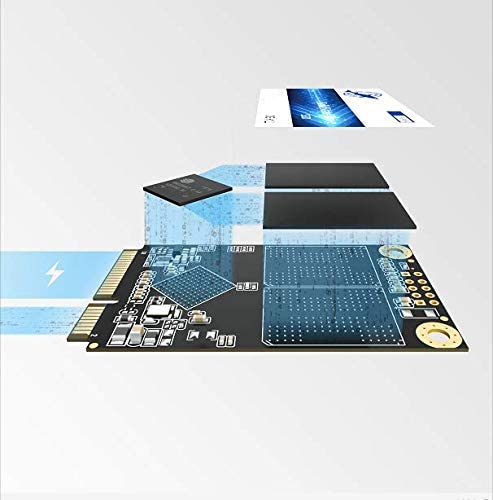M.2 SSDs and mSATA SSDs and are both high-performance storage devices designed for use with small devices such as notebook and tablet computers. An mSATA SSD uses only the SATA interface, while M.2 SSDs support SATA or PCIe.
The M.2 form factor emerged in 2013, approximately two years after the mSATA specification. The PCI Special Interest Group consortium of technology vendors defined the M.2 specification; SATA-IO described the SATA version of M.2 in the 3.2 revision of the SATA specification. M.2 SSDs also support SATA Express (SATAe), which is defined in the SATA 3.2 revision and enables SATA or PCIe connectors. The SATAe-based M.2 drive tells the host if it is PCIe or SATA. However, few commercial products support SATAe.
The newer M.2 form factor allows for variations in drive dimensions, whereas full-size mSATA SSDs ship in only one size. Half-size mSATA SSDs are also available.
An M.2 SSD is able to extend the data rate beyond the 6 Gbps limitation of a SATA SSD or mSATA SSD. A PCIe-based M.2 SSD can support up to four lanes of PCIe at a per-lane rate of up to 1 gigabyte per second. In addition, a PCIe-based M.2 SSD that supports NVM Express can boost performance and reduce latency over devices that use the ATA or Small Computer System Interface command set. SATAe-based M.2 SSDs can support up to two lanes of PCIe, but they are not in common use.
he technology industry has largely shifted to M.2 SSDs over mSATA SSDs. M.2 SSDs are used in client devices and, to a lesser degree, in enterprise systems.
Technology comparison: mSATA vs. mini PCIe
An mSATA SSD is similar in size and appearance to a mini PCIe card, and both fit into the same mPCIe slot on the motherboard of a space-constrained computing device. However, an mSATA SSD uses the SATA storage bus interface and must have a direct connection to the SATA host controller. An mPCIe card supports PCIe and universal serial bus signals.
PCIe is a point-to-point technology in which each serial link has a full duplex pair of differential signals, known as a lane. PCIe supports up to 32 lanes, but mPCIe supports only one.

